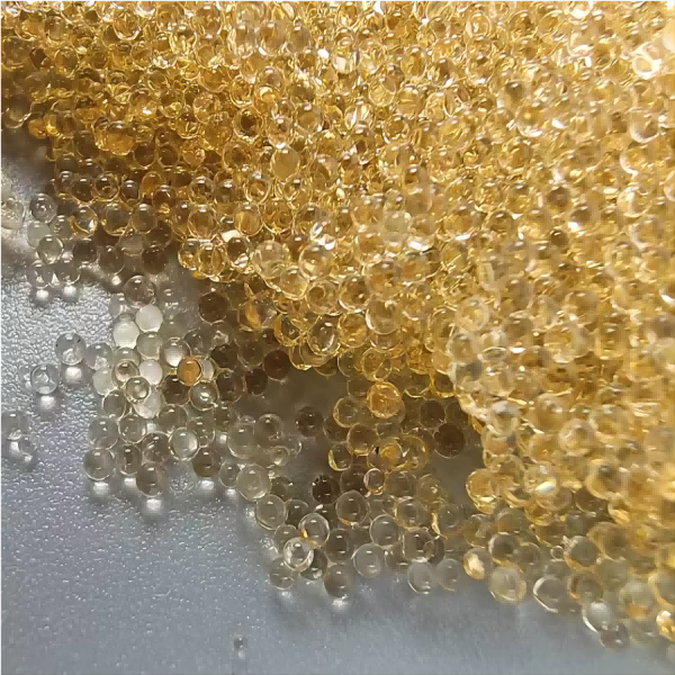Ion exchange resin is a common material used in various industries for purification and separation of different types of ions. It is a solid, insoluble material that can ionically interact with charged species in a solution. The effectiveness of ion exchange resin is highly dependent on the pH of the solution. In this blog post, we will explore how the pH of the solution affects ion exchange resin.
The pH of the solution is a measure of its acidity or basicity, which is determined by the concentration of hydrogen ions (H+) and hydroxide ions (OH-) present in the solution. A solution with a pH less than 7 is considered acidic, while a pH greater than 7 is considered basic or alkaline. A pH of 7 is considered neutral.

The interaction between ion exchange resin and the charged species in a solution is mainly governed by the charge of the resin and the pH of the solution. Ion exchange resin contains functional groups that are either positively charged or negatively charged. When ion exchange resin is exposed to a solution containing ions of opposite charge, ions are exchanged between the resin and the solution. This process is known as ion exchange.
The pH of the solution affects ion exchange resin in two ways. Firstly, it affects the charge of the resin. For example, ion exchange resin with positively charged functional groups will become more positively charged as the pH of the solution decreases. This is because the concentration of H+ ions increases in acidic solutions, and these ions can bind to the negatively charged sites on the resin, effectively neutralizing their charge. Similarly, ion exchange resin with negatively charged functional groups will become more negatively charged as the pH of the solution increases.
Secondly, the pH of the solution affects the charge of the ions in the solution. As we know, the charge of an ion is determined by the balance between the number of positively charged protons and negatively charged electrons. In an acidic solution, the concentration of H+ ions is high, which can lead to the protonation of some species. For example, in an acidic solution, the amino group in an amino acid may become protonated, leading to a positively charged species. In contrast, in a basic solution, the concentration of OH- ions is high, which can lead to the deprotonation of some species.
For example, in a basic solution, the carboxyl group in an amino acid may become deprotonated, leading to a negatively charged species.
The pH of the solution affects the equilibrium between ion exchange resin and the charged species in the solution. If the pH of the solution is such that the charged species and the resin have opposite charges, ion exchange will occur at a higher rate. Conversely, if the pH of the solution is such that the charged species and the resin have the same charge, there will be less exchange.


